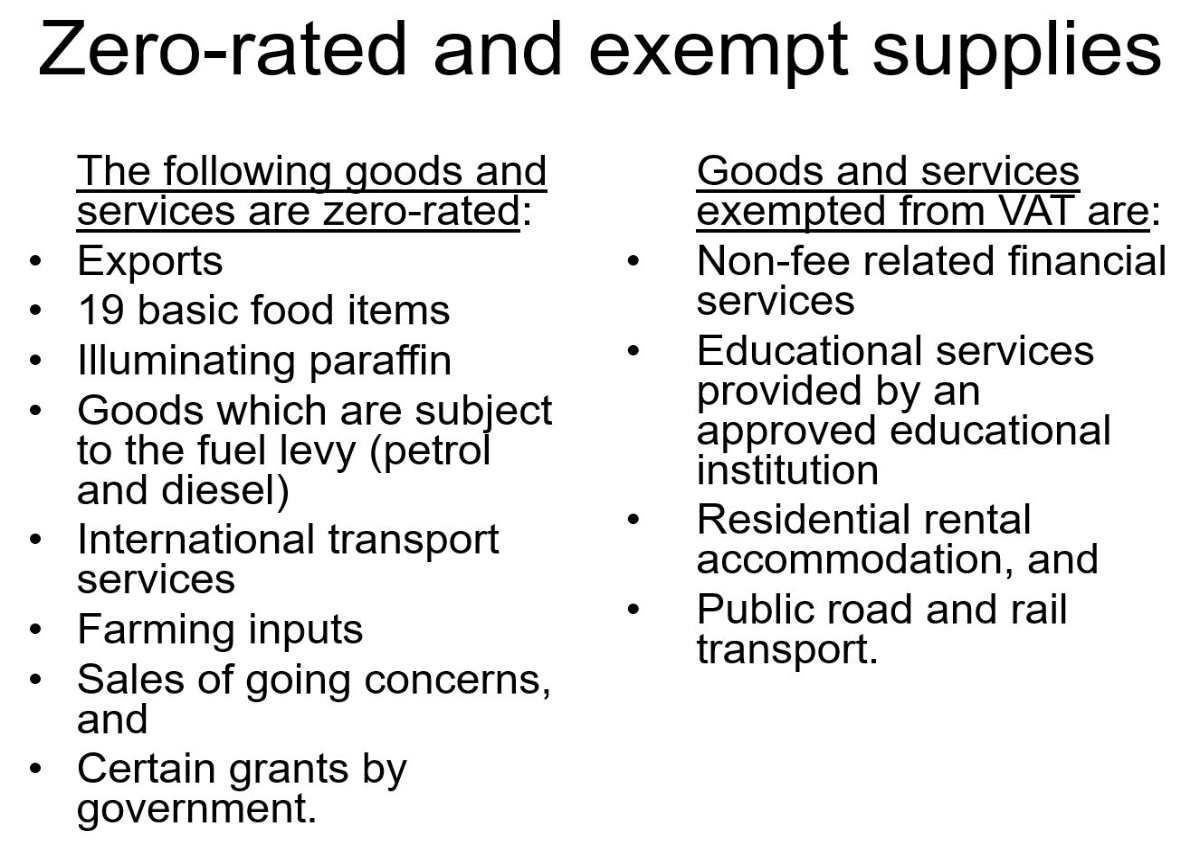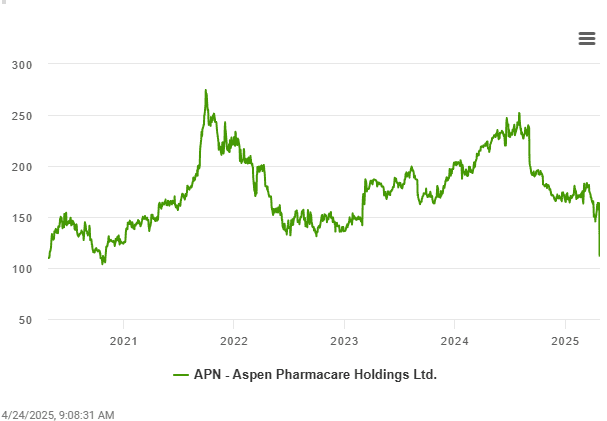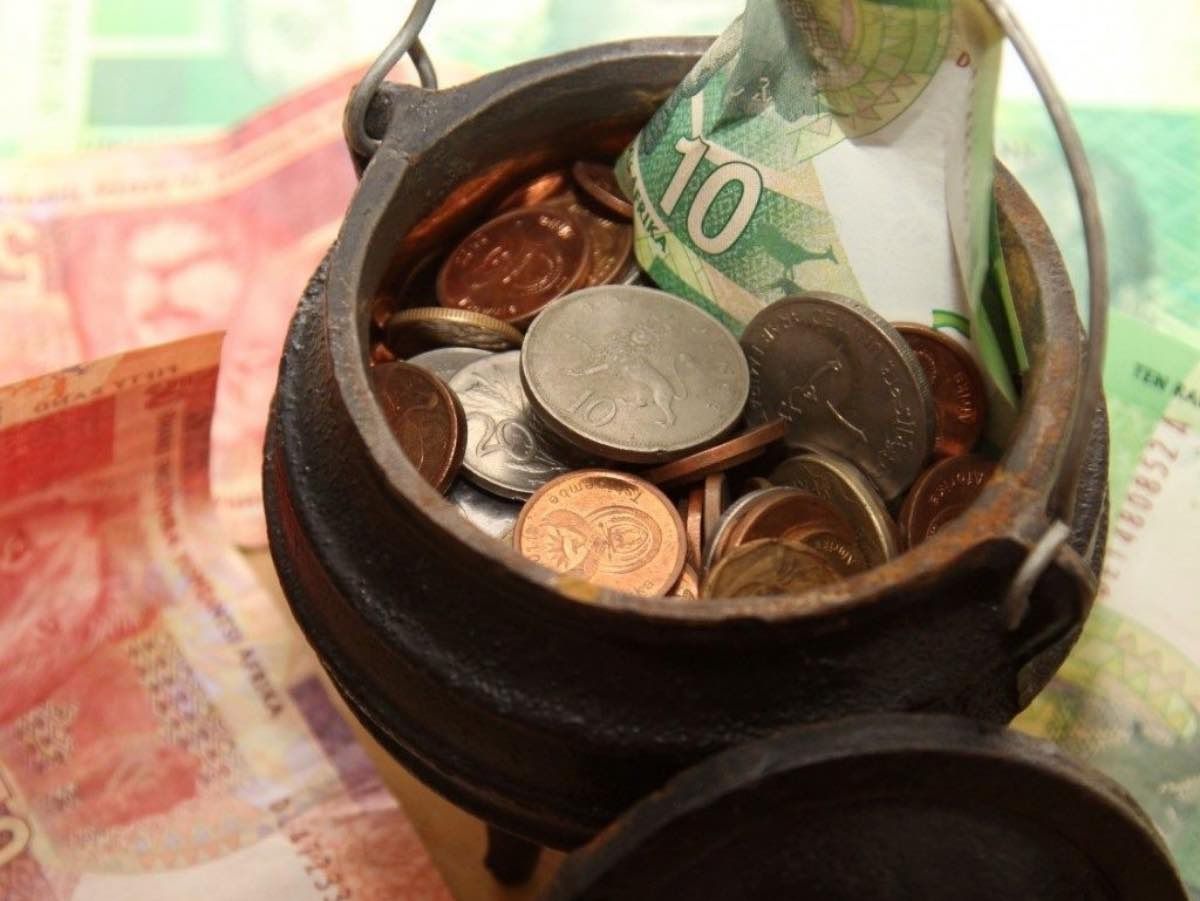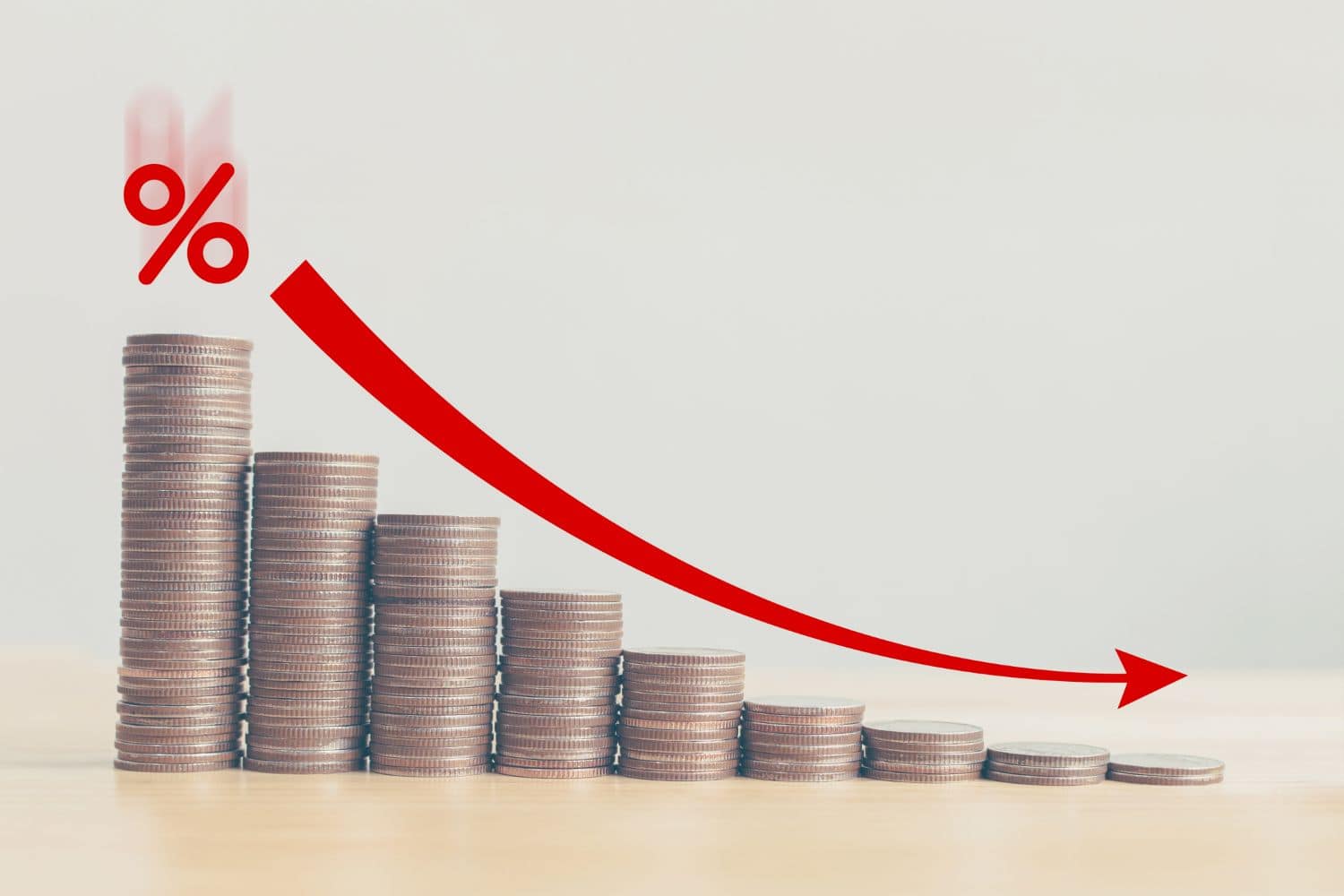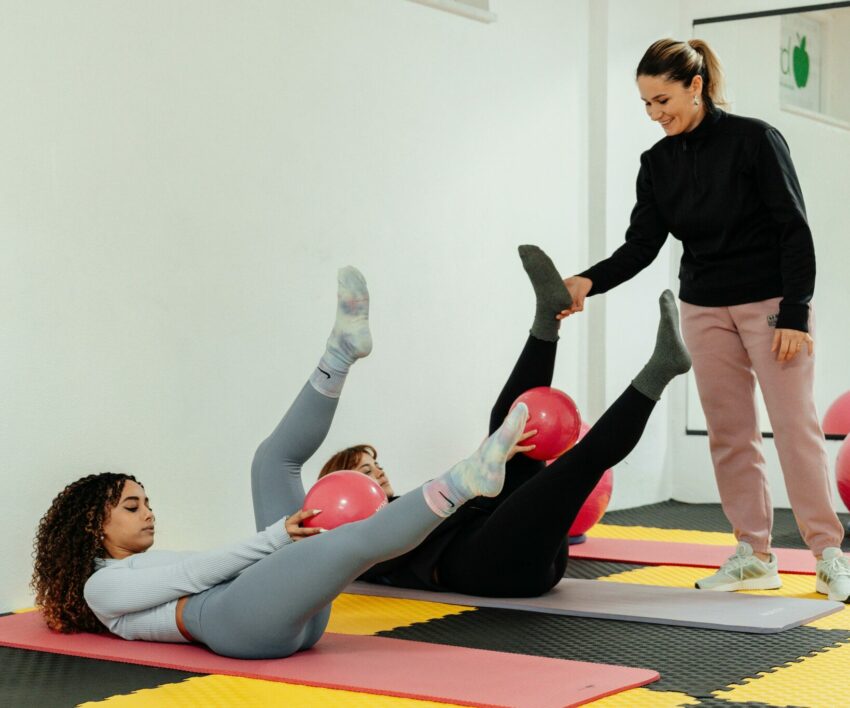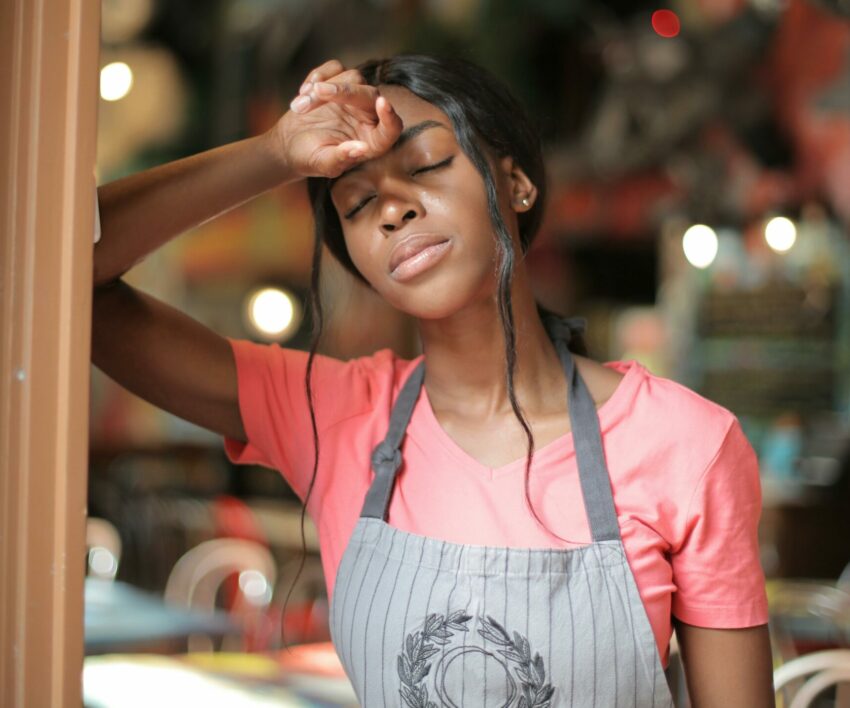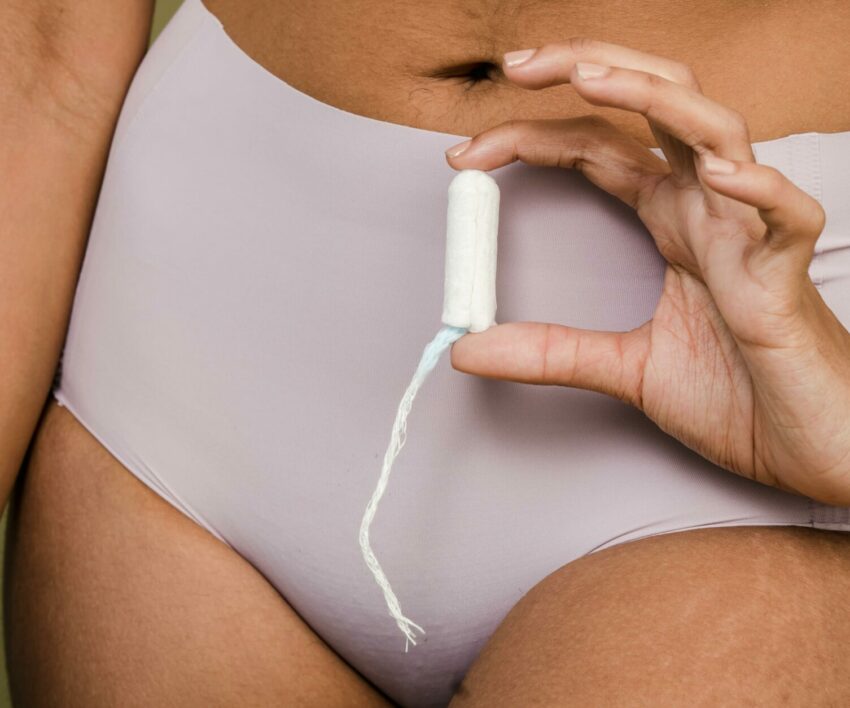In a move that brings relief to many South Africans, Finance Minister Enoch Godongwana will intoroduce measures to reverse the VAT hike.
Godongwana had initially proposed raising VAT from 15% to 15.5%, with a further increase to 16% planned for the following year.
This had been tabled in the 2024 Budget and later approved as part of the fiscal framework.
This came after his February Budget Speech was postponed at the last minute, during which he had first suggested a once-off 2 percentage point VAT increase.
Following pressure from opposition parties and a court interdict, government finally caved.
Via a media statement issued on its website at midnight on Wednesday, National Treasury opted instead to keep the current rate of 15%.
But what does this mean for the average South African shopper—particularly when it comes to basic goods?
No change for VAT-exempt goods
Firstly, it’s important to note that many essential food items are already zero-rated for VAT, meaning the tax does not apply to them regardless of any rate changes.
The current basket of basic zero-rated foodstuffs consists of 19 food items. These include:
- Brown bread
- Maize meal
- Samp
- Mealie rice
- Dried mealies
- Dried beans
- Lentils
- Pilchards/sardinella in tins
- Milk powder
- Dairy powder blend
- Rice
- Vegetables
- Fruit
- Vegetable oil
- Milk
- Cultured milk
- Brown wheaten meal
- Eggs
- Edible legumes and pulses of
leguminous plants
This list was expanded during the latest Budget to include edible offal and specific cuts of meat, dairy liquid blend, and tinned or canned vegetables.
Because these items are VAT-exempt, the proposed VAT hike would not have increased their prices.
Similarly, the withdrawal of the hike doesn’t reduce them—but it does maintain price stability for these core staples.
Relief on non-zero-rated essentials
Where the decision does make a difference is with goods and services that do carry VAT, such as:
- Cleaning products
- Toiletries like toothpaste and shampoo
- Over-the-counter medicines
- Packaged snacks, cereals and soft drinks
- Electricity (both prepaid and billed)
Had the VAT rate increased from 15% to 15.5%, these items would have seen price hikes—from a few cents to a few rands, depending on the item and purchase volume.
While the price increases might seem negligible, added up over a month, they can put real strain on households—especially those of lower-income families.
How do you think Government will make up for the revenue lost by shelving the VAT hike—and cover South Africa’s growing fiscal shortfall?
Let us know by leaving a comment below, or send a WhatsApp to 060 011 021 1.�
Subscribe to The South African website’s newsletters and follow us on WhatsApp, Facebook, X and Bluesky for the latest news.
